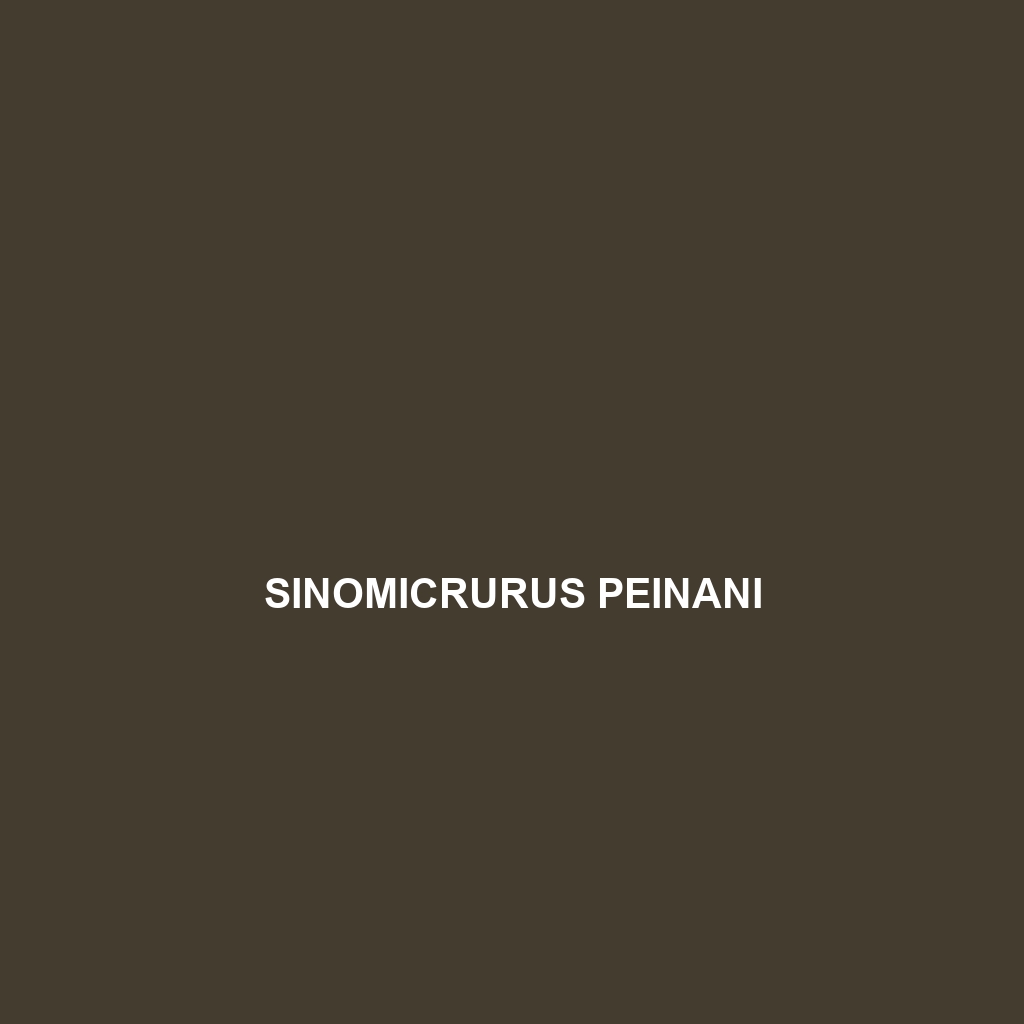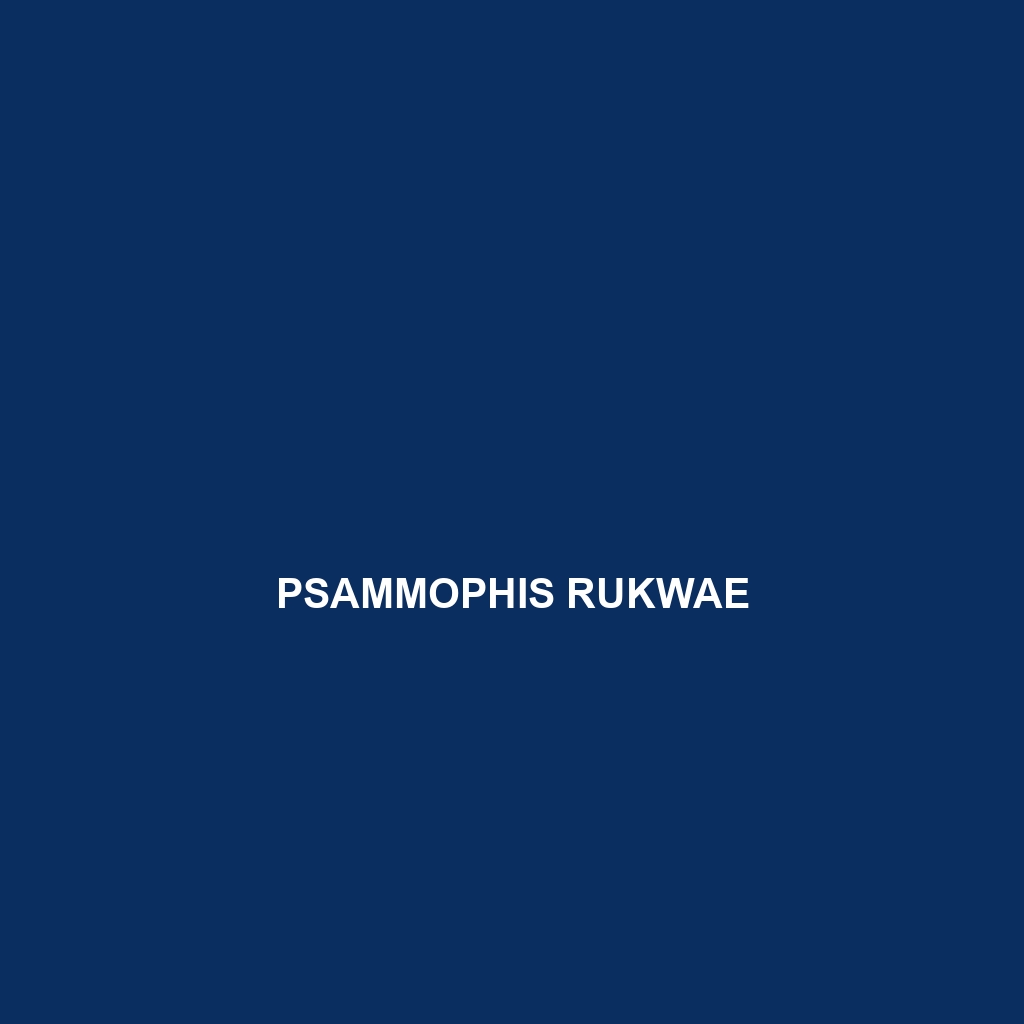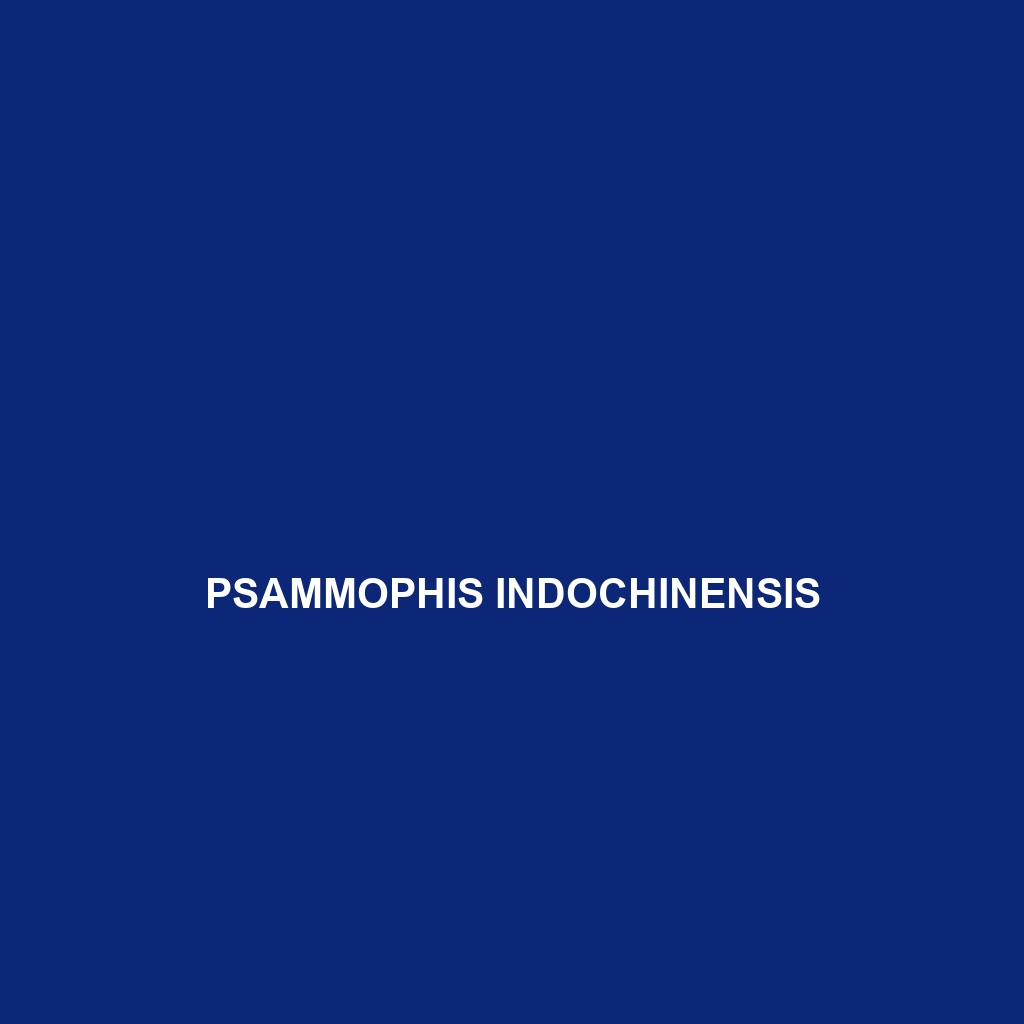<p><b>Sinomicrurus peinani</b>, commonly known as Peinani's Coral Snake, is a strikingly patterned snake from southern China, characterized by its bright black, red, and yellow bands. This nocturnal predator primarily feeds on small amphibians and reptiles, playing a vital role in its ecosystem while being adaptable to various habitats, including rainforests and agricultural fields.</p>
Tag: unique snake behaviors
Sinomicrurus peinani
<p><b>Sinomicrurus peinani</b>, commonly known as Peinani's Coral Snake, is a strikingly patterned snake from southern China, characterized by its bright black, red, and yellow bands. This nocturnal predator primarily feeds on small amphibians and reptiles, playing a vital role in its ecosystem while being adaptable to various habitats, including rainforests and agricultural fields.</p>
Pseudonaja modesta
The Pseudonaja modesta, commonly known as the modest snake, is a medium-sized, nocturnal predator native to eastern Australia's temperate forests and savannas. This species is characterized by its muted brown or gray coloration, distinct faint darker bands, and plays a vital ecological role by controlling small mammal populations while exhibiting intriguing social behaviors during mating.
Psammophylax multisquamis
<p><b>Psammophylax multisquamis</b>, commonly found in the temperate forests and savannas of southern Africa, is a medium-sized, diurnal snake known for its striking camouflage and insectivorous diet. This non-aggressive species plays a crucial role in its ecosystem, maintaining ecological balance by preying on small invertebrates while serving as a food source for larger predators.</p>
Psammophis rukwae
<b>Psammophis rukwae</b> is a slender, diurnal snake native to eastern Africa, known for its striking yellow and light brown coloration with dark bands. Found primarily in open savannas and grasslands, this agile predator preys on small animals while playing a crucial role in maintaining ecological balance within its habitat.
Psammophis indochinensis
<b>Psammophis indochinensis</b>, also known as the Indochinese Sand Snake, is a slender, nocturnal species native to Southeast Asia's tropical habitats, featuring a mix of browns and yellows with darker bands for camouflage. This carnivorous snake primarily preys on small mammals and lizards, playing a crucial role in its ecosystem as both a predator and prey.
Pseudonaja modesta
The Pseudonaja modesta, commonly known as the modest snake, is a medium-sized, nocturnal predator native to eastern Australia's temperate forests and savannas. This species is characterized by its muted brown or gray coloration, distinct faint darker bands, and plays a vital ecological role by controlling small mammal populations while exhibiting intriguing social behaviors during mating.
Psammophylax multisquamis
<p><b>Psammophylax multisquamis</b>, commonly found in the temperate forests and savannas of southern Africa, is a medium-sized, diurnal snake known for its striking camouflage and insectivorous diet. This non-aggressive species plays a crucial role in its ecosystem, maintaining ecological balance by preying on small invertebrates while serving as a food source for larger predators.</p>
Psammophis rukwae
<b>Psammophis rukwae</b> is a slender, diurnal snake native to eastern Africa, known for its striking yellow and light brown coloration with dark bands. Found primarily in open savannas and grasslands, this agile predator preys on small animals while playing a crucial role in maintaining ecological balance within its habitat.
Psammophis indochinensis
<b>Psammophis indochinensis</b>, also known as the Indochinese Sand Snake, is a slender, nocturnal species native to Southeast Asia's tropical habitats, featuring a mix of browns and yellows with darker bands for camouflage. This carnivorous snake primarily preys on small mammals and lizards, playing a crucial role in its ecosystem as both a predator and prey.









